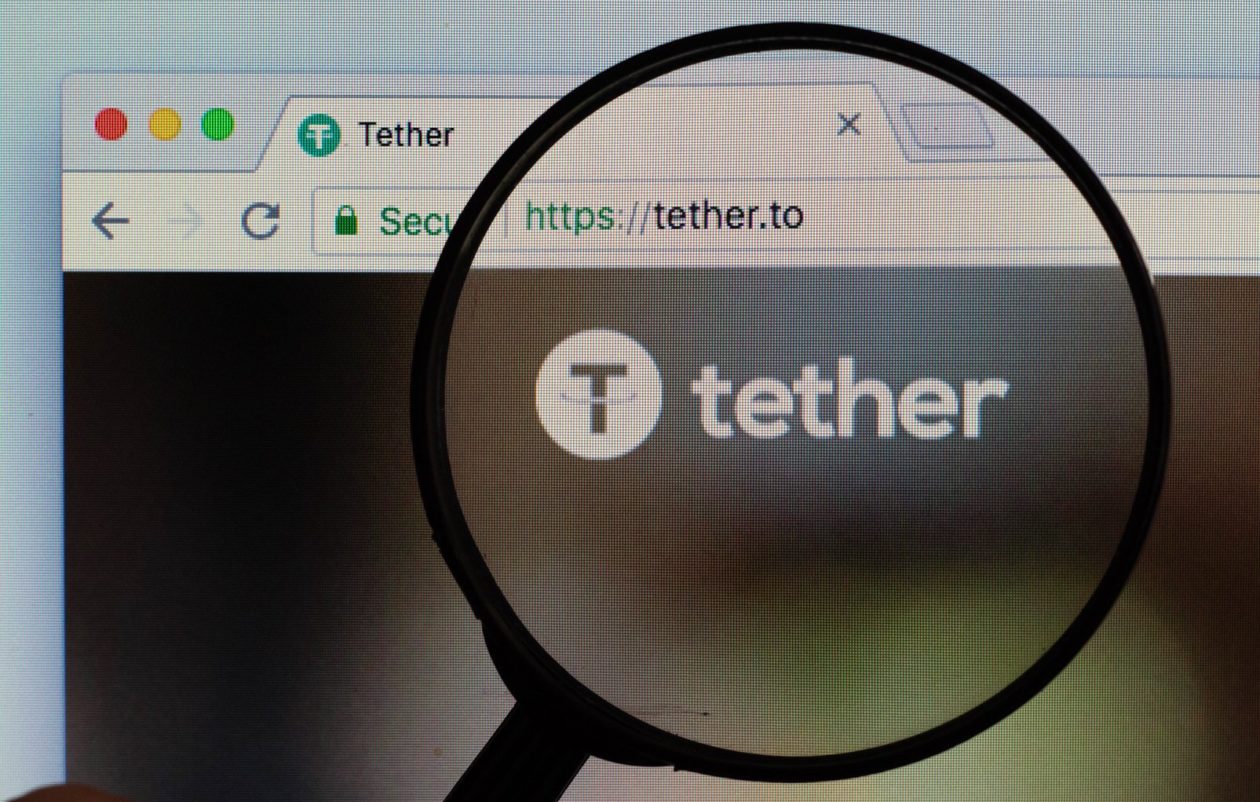In response to the Wall Street Journal alleging that Tether’s USDT stablecoin is not adequately backed by reserves, Tether called the report a series of “unsubstantiated conclusions” that tried to “discredit Tether’s work on transparent and honest communications to the public.”
See related article: Should Tether’s shrinking cash reserves be cause for investor worry?
Fast facts
- Tether said the assumption that three-month Treasury bills are an unsafe asset goes against “the longstanding fact that U.S. Treasuries have been the world’s premier safe asset for the past several decades.”
- Tether also said it is wrong to assume that its business is unprofitable, as it has been profitable for several years, although the equity was never disclosed.
- Tether said its reserve margin also applies to other stablecoins, while the WSJ report only addresses Tether.
- Tether stressed that it can easily redeem over US$16 billion of issued tokens as a testament to its solvency. It claimed that it has reduced its risk exposure to short-term commercial paper.
- In a report last week, the WSJ claimed Tether has issues including high-risk assets such as digital currencies, low capital cushion, and reserve reports that lack detail and frequency.
- Paolo Ardoino, Tether’s chief technology officer, said a full audit, a measure to make its reserve and financial position transparent, is still “a few more months away”.
- Tether did not immediately respond to Forkast’s request for further comments.
See related article: Tether lashes out at report that claims it is not 100% backed





